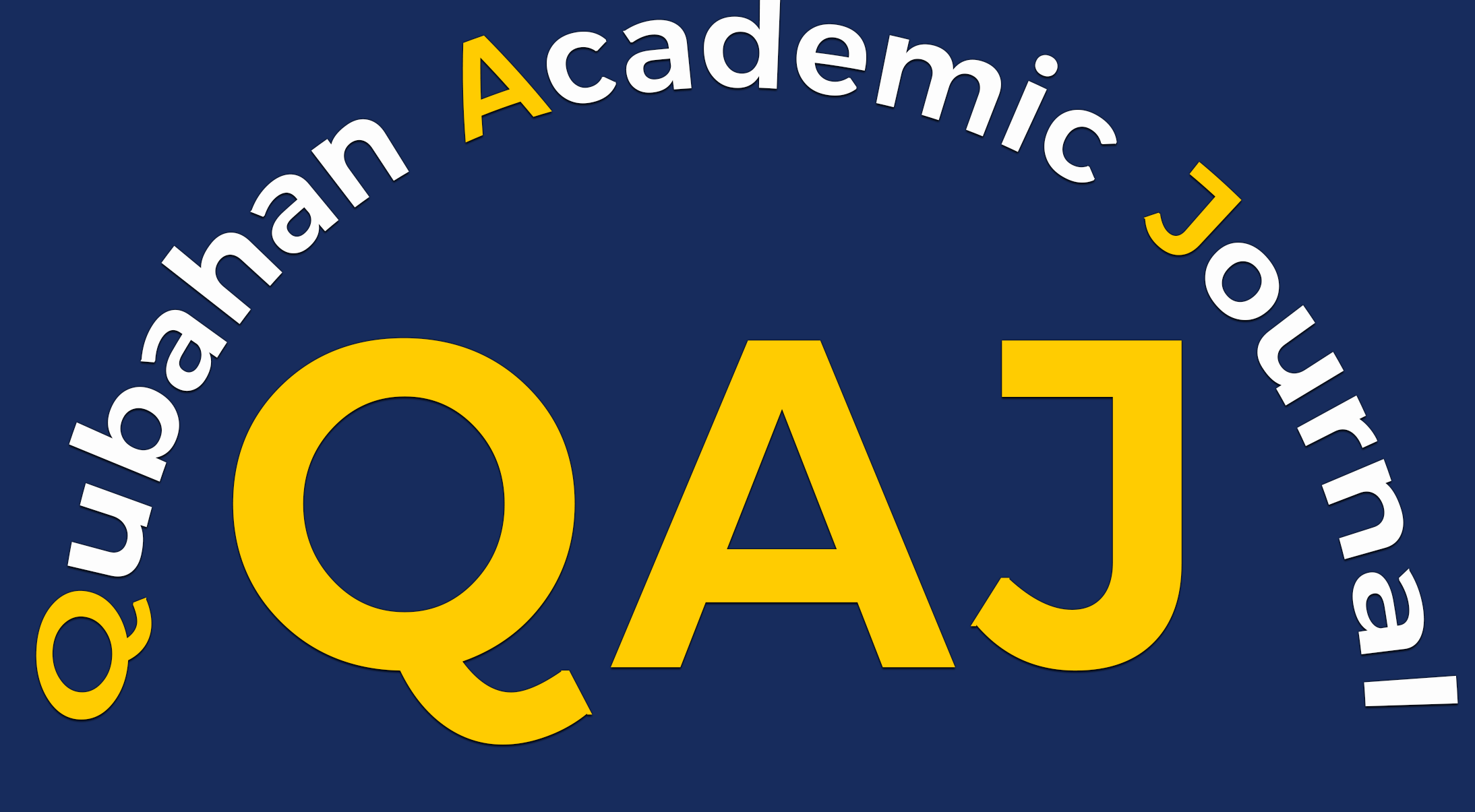Human Resource Information System with Machine Learning Integration
DOI:
https://doi.org/10.48161/qaj.v2n2a120Abstract
The human resource information system with machine learning integration was developed to aid in the management of employees’ records, profiling, turnover, data analytics, and the generation of electronic personal data sheets used by the government service records. It was developed with the feature of predicting employee turnover using a supervised machine learning method. The system can also generate the following reports, namely, the government service record, years of service and loyalty awards, and available leave credits of the employees. To determine the quality of the developed system the researcher used the ISO 25010 Software Quality Model as a basis when evaluating the properties of a software product. The integration of machine learning in the human resource information system proves to be a very useful tool if integrated into a human resource information system to predict trends in the different aspects of human resource management. Based on the thorough evaluation of the experts and respondents, it was found that the human resource information system is highly usable, secured, efficient, and provides a fast and easy way to manage employees' records and predict employees over using a supervised machine learning that uses the linear regression method.
Downloads
References
Aktürk, A.O. (2020). Prediction of problematic Internet usage of university students by their attachment styles. International Journal of Education in Mathematics, Science and Technology, 8(4), 318-329.
Aktürk, A.O. & Delen, A. (2020). Öğretmenlerin teknoloji kabul düzeyleri ile öz-yeterlik inançları arasındaki ilişki. Bilim Eğitim Sanat ve Teknoloji Dergisi, 4(2), 67-80.
Alharthi, M. (2020). Students' Attitudes toward the Use of Technology in Online Courses. International Journal of Technology in Education, 3(1), 14-23.
Berondo, R.G. & Dela Fuente, J.A. (2021). Technology Exposure: Its Relationship to the Study Habits and Academic Performance of Students, 3(3), 125-141. Utamax: Journal of Ultimate Research and Trends in Education. https://doi.org/10.31849/utamax.v3i3.7280
Buabeng-Andoh, C. (2012). An exploration of teachers’ skills, perceptions and practices of ICT in teaching and learning in the Ghanaian second-cycle schools. Contemporary Educational Technology, 3(1), 36-49.
Bersin, J. (2018). Artificial intelligence in HR. https://joshbersin.com/2018/06/ai-in-hr-a-real-killer-app/
Dela Fuente, J.A. (2021). Facebook Messenger as an educational platform to scaffold deaf students’ conceptual understanding in environmental science subject: A single group quasi-experimental study. International Journal of Education, 14(1), 19-29. doi: 10.17509/ije.v14i1.31386
Dela Fuente, J.A. & Biñas, L.C. (2020). Teachers’ competence in information and communications technology (ICT) as an educational tool in teaching: An empirical analysis for program intervention. Journal of Research in Education, Science and Technology, 5(2), 61-76.
Ekade, B.D. (2016). A Study of Human Resource Information System for improving organizational development with reference to private manufacturing and service sector organizations in and around Nashik Industrial Area, 1–24. https://shodhganga.inflibnet.ac.in/handle/10603/136519
Eubanks, B. (2018). The five-minute Read on… everything you need to know about machine learning in HR. https://www.sagepeople.com/about-us/news- hub/machine-learning-hr-ai/
Faggella, D. (2019). Machine Learning in Human Resources – Applications and Trends. https://emerj.com/ai-sector-overviews/machine- learning-in-human-resources/
Ghavifekr, S., Razak, A.Z.A., Ghani, M.F.A., Ran, N.Y., Meixi, Y. & Tengyue, Z. (2014). ICT integration in education: Incorporation for teaching & learning improvement. Malaysian Online Journal of Educational Technology, 2(2), 24-45.
Gupta, M. (2018). ML | Linear Regression. https://www.geeksforgeeks.org/ml-linear-regression/
Mirji, H. (2021). Artificial intelligence in recruitment: Assessing flipside. International Research Journal of Science, Technology, Education, and Management, 1(1), 79-87. https://doi.org/10.5281/zenodo.5195766
Ortiz, R.W. (2011). Families and Home Computer Use: Exploring Parent Perceptions of the Importance of Current Technology. Urban Education, 46(2), 202-215. https://doi.org/10.1177/0042085910377433
Powell-Morse A. (2016, September 16). Spiral Model: Software Development for Critical Projects in SDLC. https://airbrake.io/blog/sdlc/spiral-model
Ryu, J. (2014). ICT and educational outcomes (Unpublished Master's Thesis). Espoo, Finland: Aalto University.
Downloads
Published
How to Cite
Issue
Section
License
Copyright (c) 2022 Qubahan Academic Journal

This work is licensed under a Creative Commons Attribution-NonCommercial-NoDerivatives 4.0 International License.











